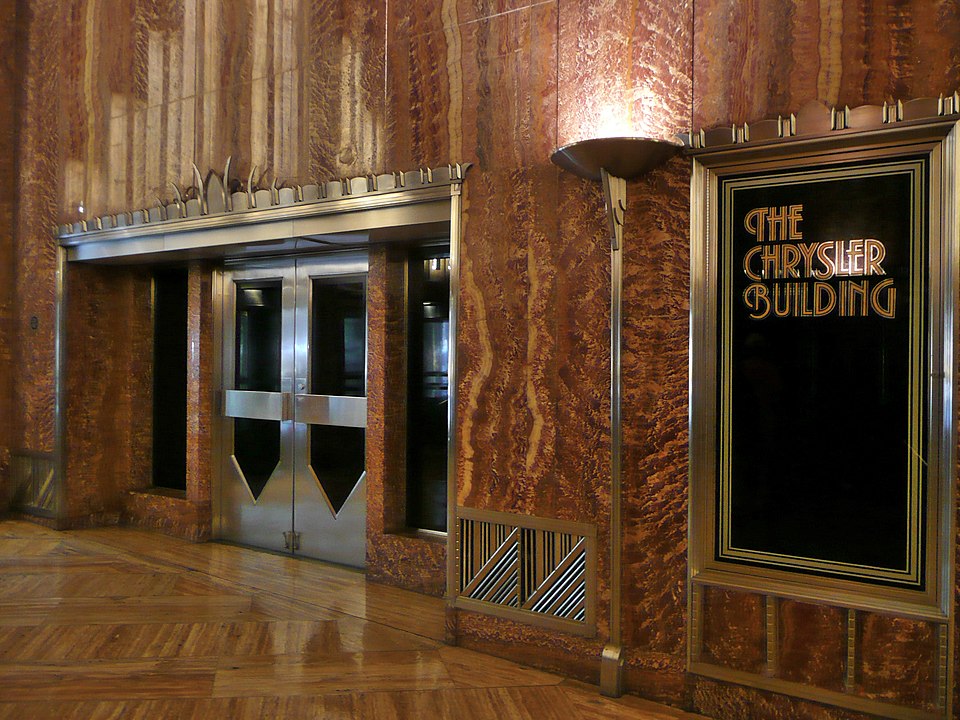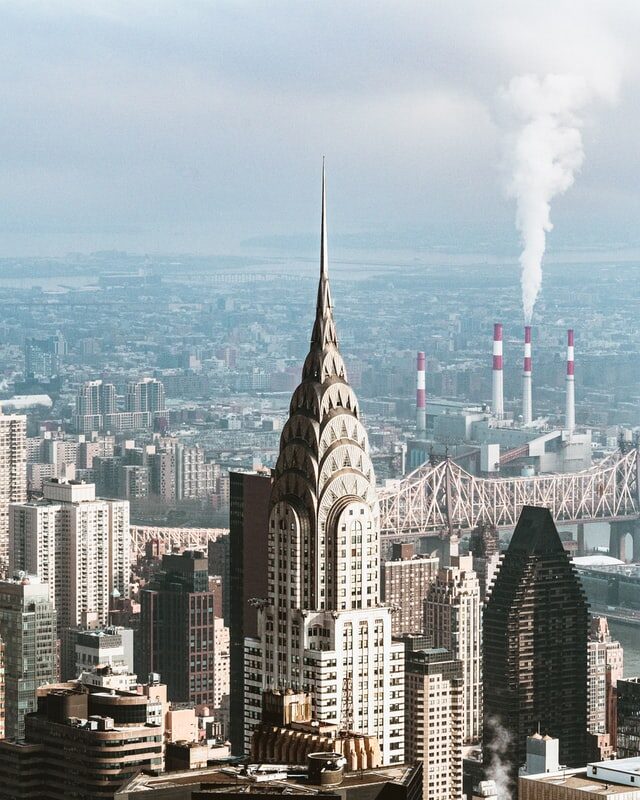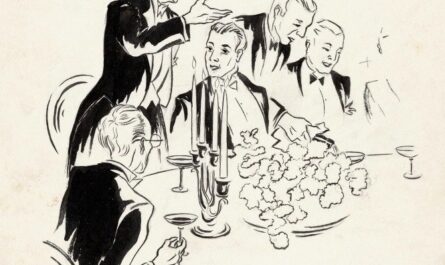Minimalism reflects the sleek efficiency we demand of our devices and work culture in the early millennium. The minimalist design philosophy, embodied by Kinfolk in the early-2010s and more recently by Marie Kondo, eliminates anything which doesn’t prove immediately useful, beautiful, or joyful, demanding removal of all but the essential. This is a great idea in theory. The problem is, minimizing any number of objects doesn’t get to the heart of the issue. Why are we so certain getting rid of things will make us any happier? People are more complex than a simple decluttering of a room or bookshelf. We need clarity of purpose to live well, and that only comes from being still and reflecting on what we want to spend our time doing.
Ultimately, minimalism has ended because a world, a home, a room devoid of personality simply doesn’t invite much warmth. The pandemic has only hastened the end of this era. It’s no surprise we are seeing a rejection of sparsely decorated homes, in favor of collected objects, useful gadgets, books, and creature comforts which provide entertainment and fulfillment. We’re returning to the human side of design. Suddenly, those board games and old records taking up space represent time well spent and fond memories rather than visual clutter. Minimalism prizes the absence of commodities, rather than evaluating their usefulness.
Minimalist design reflects the current moment in post-modern thought, which posits that “reality” is a personal, subjective phenomenon. Post-modern thought is most easily identified with the German and French existentialist philosophers of the twentieth century; Nietzsche, Heidegger, Sartre, and Camus. Most problematically, post-modern thought offers no optimism or incentive for progress, resulting in the unrest of modern society and the erosion of trust in institutions. The post-modern designer is motivated to find ever-sleeker design and dismisses frivolity. Post-modern architecture and urban planning aim for homogeneity, but, in stripping away all diversity and personality, leave cities, spaces, and buildings out of step with the people they are intended to serve.
Ironically, the cure put forth by post-modern thinkers to ease the existential condition is the creation and enjoyment of art, for Nietzsche, or music, for Schopenhauer. The antidote to the dullness of minimalism is creative exploration; to build the changes we want to see and to look with optimism to the future.
Our Current Moment
Architect Paul Frankl wrote, “Style is an external expression of the inner spirit of the time.” Right now, we are on the cusp of major changes, and in a collective moment of anticipation; for the end of the covid-19 pandemic, to see the direction of the country under a new president, for cultural change and progress. This feeling, currently bottled up inside like so many people around the world, will burst forth, yielding a bounty of progress. This potential energy can best be put to use planning and building toward a bright future, as glittery as the Chrysler building.
The great social theorist Marshall McLuhan described war as a time of accelerated progress and cultural change. The ongoing pandemic is a similar situation, hastening an eruption of expression and creativity. The past ten months have sparked changes in industries which had been stagnate for decades; education, entertainment, and the concept of the workday. The internet has afforded radical change in each of these areas, and these shakeups will influence subsequent decades. We are seeing remarkable breakthroughs in other industries, too, with missions to space, Moderna’s covid-19 vaccine going to trial in record time, and solar power becoming a legitimate alternative in the near future.
Along with this rapid change, our post-pandemic euphoria will express itself in creative and decadent design. The 2020s will reflect the Roaring Twenties of the last century, with neo-Art Deco movements in design and accelerated change across technology, architecture, medicine, and media, in particular. The characteristic feelings of the decade will be achievement and relief, similar to post-war elation. People will be overjoyed to return to a “normal” state of business by going out freely and meeting with friends and loved ones. Art and architecture will celebrate quality and elegance. Travel, restaurant dining, and excursions will resume and inform the art and design of the decade. Optimism will mark the decade, just as progress did a century ago.
The 1920s also saw a boom in downtown nightlife, and a demand for high quality materials in building and jewelry. We are currently seeing this demand realized in the shift from “fast” fashion to sustainable brands; from two-shipping on demand to shopping local stores as much as possible. Local bookstores are flourishing after our dalliance with digital. Walkable downtown spaces are once again thriving. It’s as though we’ve collectively remembered that quality triumphs quantity, especially when it comes to things we use daily.
Art Deco Design
The 1920s saw unprecedented economic growth in the US. World War I accelerated the manufacture of planes, but the following decade brought the expansion of automobile manufacturing, the rise of radio and movies, along with electricity becoming widely available. Just as the pandemic has sparked rapid acceleration in education, medicine, and technology, that innovative spirit will influence progress across industries over the next few years.
A defining feature of the decade, the Art Deco movement was marked by glamour and decadence, and a celebratory atmosphere. Art Deco style is defined by high quality materials assembled in glamorous and decadent patterns. It’s embodied in the elegance of the New York City skyline, charging ever upward and standing as a testament to the optimism of the decade. Art Deco designs display character and exalt personality. The precise reason minimalism doesn’t work anymore is it deprives the creator and consumer of their personality. Design will move into a celebration of diverse materials and influences – keeping buildings and interiors bland and devoid of personality is no longer an option.
New York City’s Chrysler Building illustrates the decadence of Art Deco. The building was built as a monument to the head of the Chrysler Corporation and incorporated design elements to honor the automobile industry. Real estate prospects at the time and an economic boom provided great conditions for building skyscrapers, and Chrysler was determined to build the tallest. No expense was spared. Eagles and gargoyles evoking flight and machinery and radiator cap-themed adornments were added on five floors. Marble to adorn the lobby was imported from Africa. The building’s extravagant design and detail have made it an enduring icon of both the Industrial Age and New York City itself.

After minimalism
The pandemic has certainly accelerated the end of austere, stark design devoid of any sign of life. The comfort of staying home in a space curated and expressive of your own personality, and the joy of moving beyond this temporary confinement will produce celebrations of life, creature comfort, and explorations of quality and color. The time of sterile, calculated design space is over, and the future will be lush, local, and luxurious.
Now is the time to dream and build for the next ten years. Inspiration from the greatness of the past, coupled with our post-pandemic euphoria and readiness will create new and exciting possibilities. The future is dazzlingly bright.




